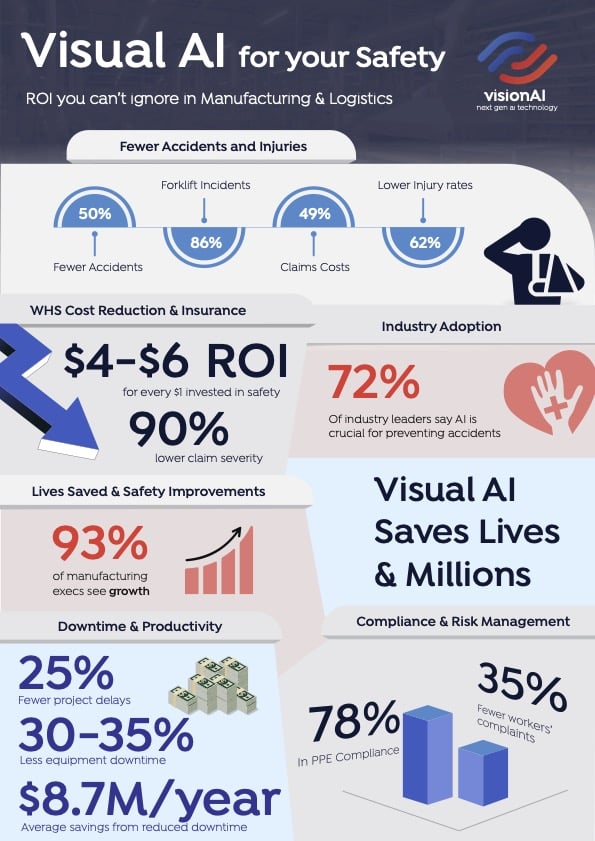Automating Documentation Using RPA Technology
RPA Technology or Robotic process automation systems are typically used by companies to automate certain processes with the aim to improve their error margins and boost return on investment (ROI). But what if we told you that you can do even better? By using RPA in combination with intelligent document processing (IDP) it’s now possible to automate entire use-cases. This leads to high-precision automation that lowers errors and gives a quick ROI. Now doesn’t that sound like a worthwhile investment?
What Is RPA Technology and What Is It Used For?
For those of you who aren’t fairly familiar with the term robotic process automation, it refers to a software solution developed to process massive volumes of data. A software robot is used to capture and comprehend existing applications for the purpose of processing transactions, manipulating data, and connecting with other digital systems. RPA is used to automate high volumes of simple, standardised, and rule based digital processes.
Robotic process automation is typically used for:
- Collecting social
- Copying and pasting information
- Extracting structured data from a document
- Filling in forms
- Applying “if this, then that” rules
- Logging into business websites or applications
- Moving individual files or entire folders
- Receiving emails and email attachments
- Reading and writing to databases
- Scraping data

How IDP Can Improve RPA Technology in Document Processing
Intelligent document processing is a form of data processing that involves understanding documents and their contents, extracting information from documents, and directing this information to appropriate locations. IDP combines RPA, AI, and document processing.
By using machine learning (ML), IDP automatically reads, extracts, analyses, and makes choices from information in documents. In doing so, documents lacking structure or set layouts can also now be processed by software bots. Machine learning models integrate data, and over time, allow robots to expand their document processing capabilities and further improve their accuracy. Intelligent automation can further boost organisational productivity and reduce human errors in document processing, freeing up employees to focus on more important duties and organisational goals.
Automation was until recently still limited by the fact that, unlike humans, it lacked the necessary reasoning and critical thinking skills to identify, understand, and interpret information in documents. Modern IDP software is capable of reading, comprehending, and processing documentation as quickly as people do.
The Benefits of IDP and RPA for Automated Documentation Processes
While robotic process automation can be used to automate document processing, it has clear limitations. It can be tricky to scale automation within companies using only RPA. In addition, it lacks the ability to process non-rule based data, as it cannot derive the required insights without the addition of AI. RPA processes can be enhanced using IDP.
The benefits of using IDP to enhance RPA document processing include:
- Faster task completion
- Improved employee engagement by automating repetitive tasks and assigning employees to more challenging and stimulating tasks
- More accurate data processing, owing to reduced human intervention and error
- Streamlined operations
- Reduced document processing expenses
The Vision AI Suite uses AI and RPA to assist companies with task automation. The Vision AI Suite can seamlessly convert your documents into structured data. Invoices, emails, and other forms of documentation can be processed using IDP and RPA.
If you’d like to learn more, get in touch with the Vision AI team.




